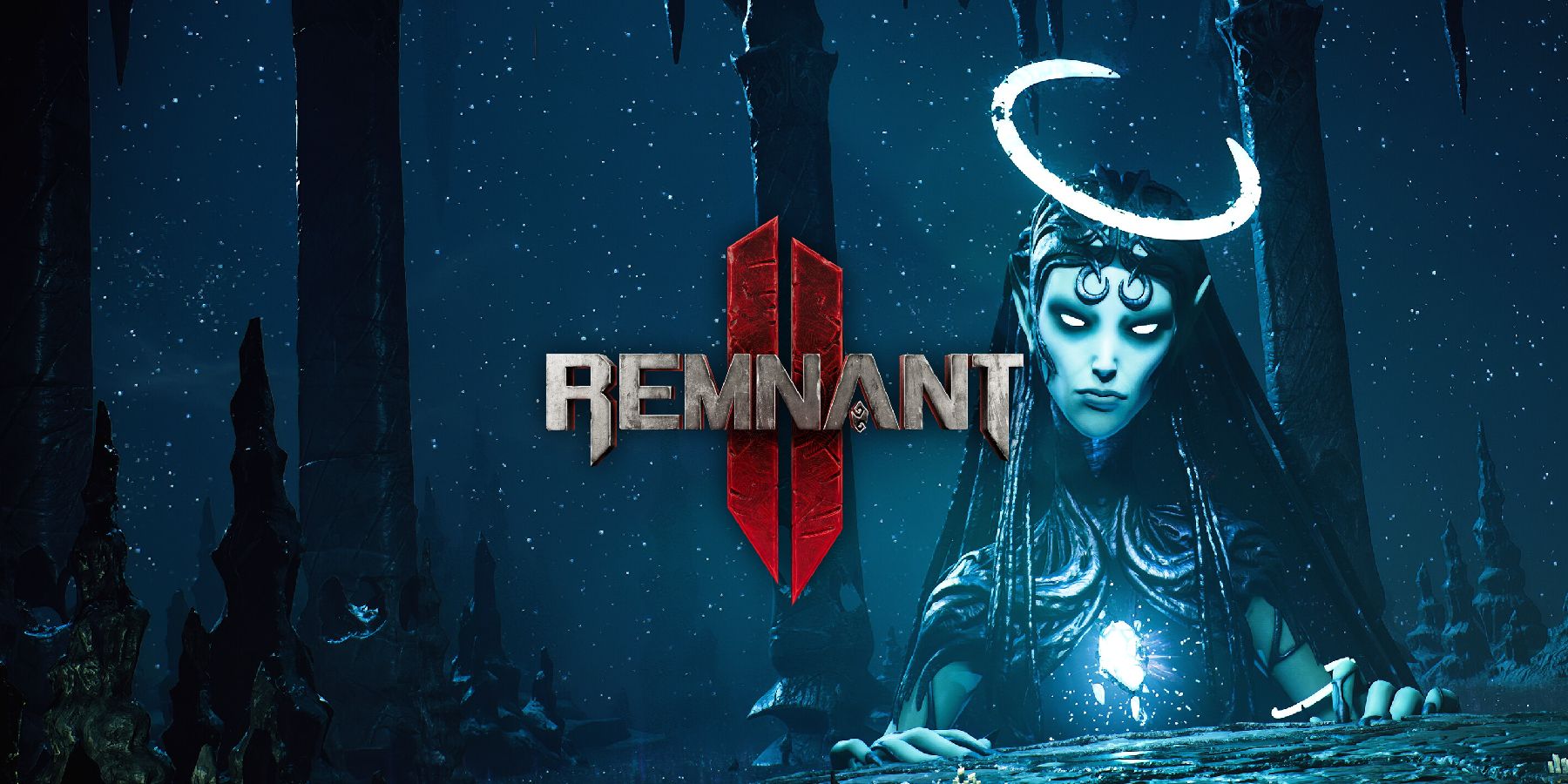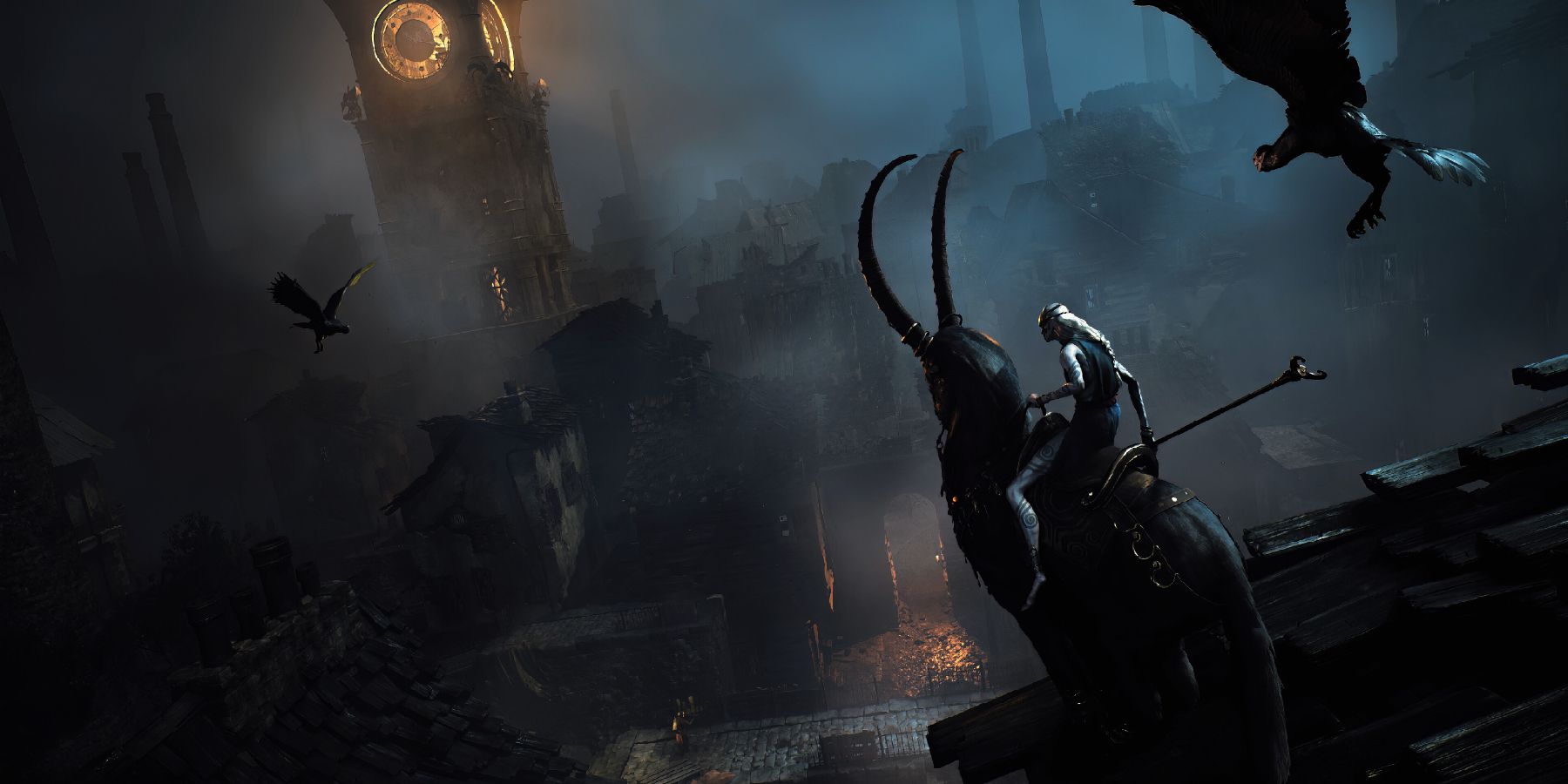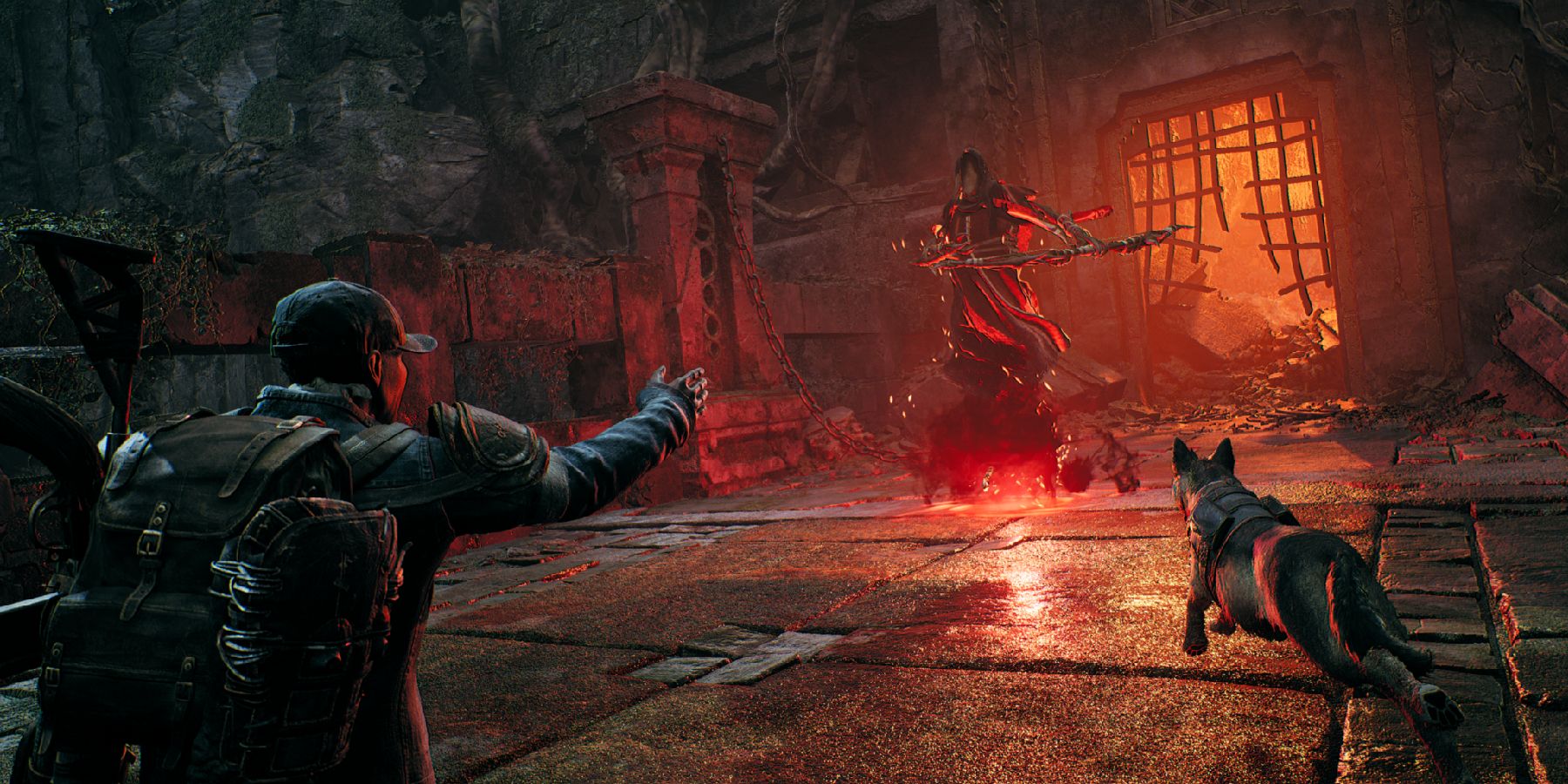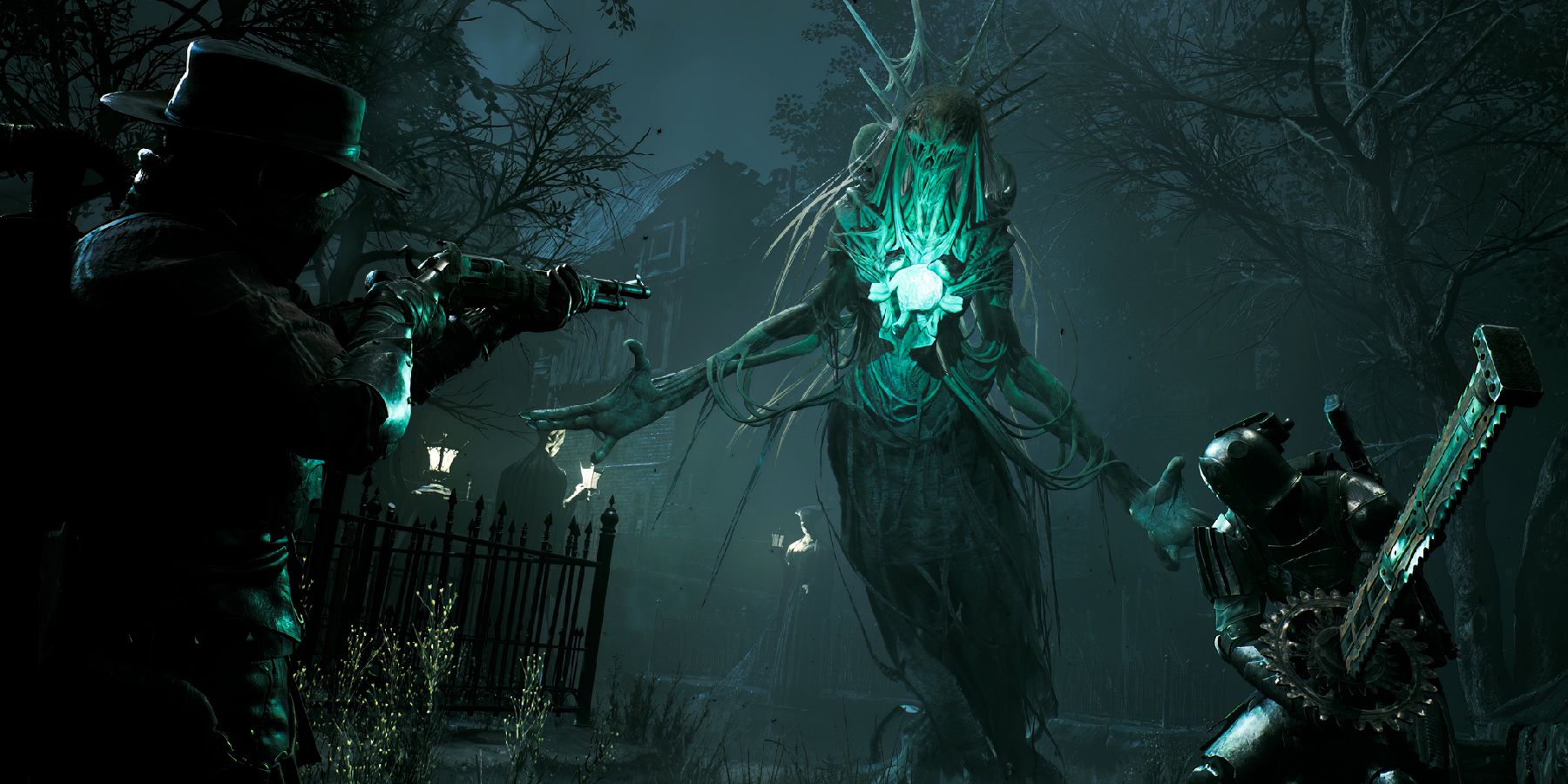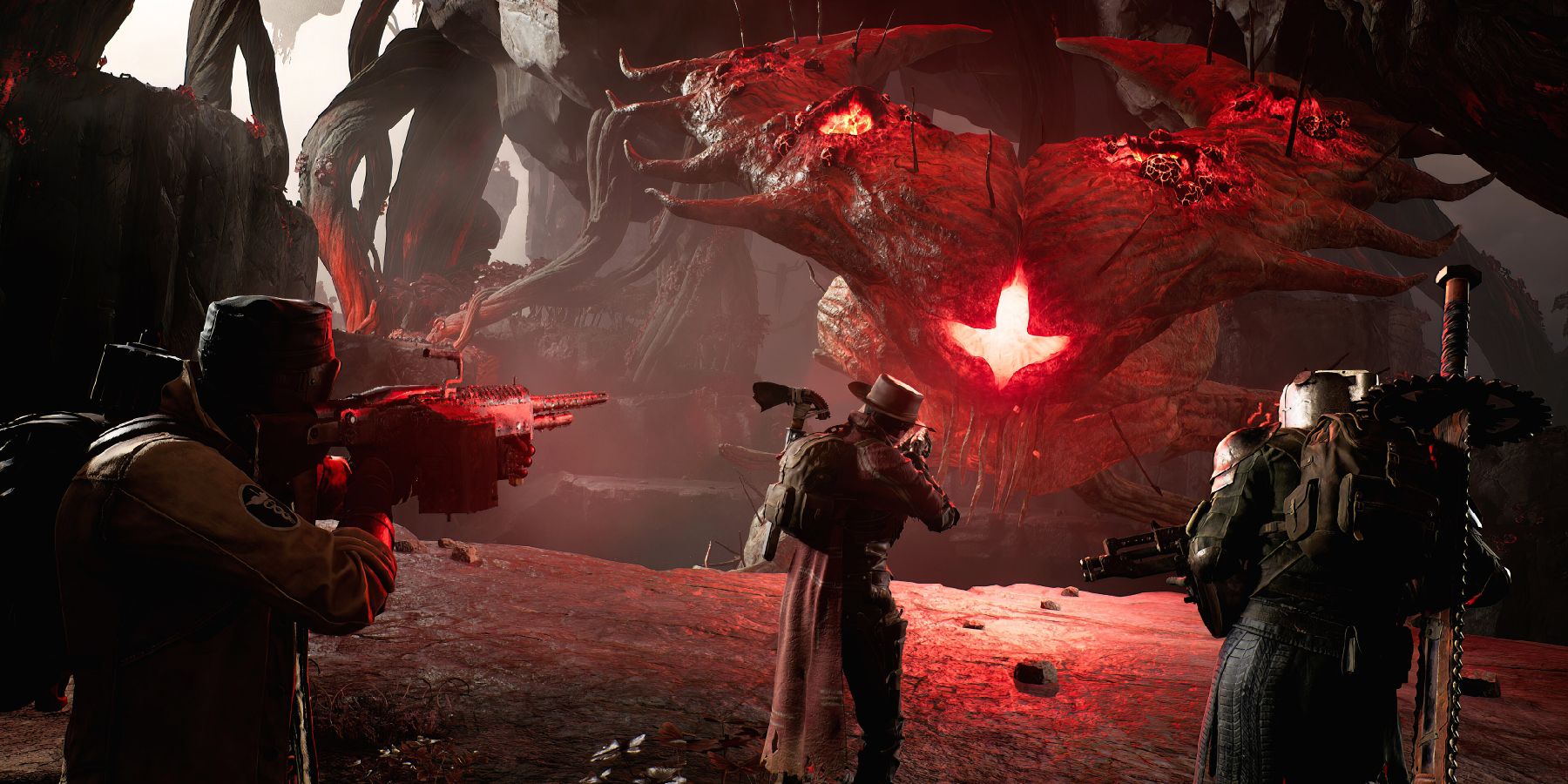2019’s Remnant: From the Ashes was an unlikely hit when it came out, but it was clear that Gunfire Games still had room to expand and refine the game's best elements in order to create something truly special. Deemed “Dark Souls with guns” by its cult fan base, the first Remnant did an admirable job of mixing Soulslike design principles with third-person shooting mechanics and packaging the whole thing with a procedurally generated twist. Remnant 2 now goes deeper, bigger, and bolder with all of these elements, but it often stretches itself too thin when pursuing these new heights.
Right at the start, Remnant 2 does a great job of addressing quite a few points of weakness from the first game, such as the lacking class diversity and lackluster visual design. But more impressively, this sequel takes the procedural generation from the first game and cranks the dial to 11, making for a super replayable experience where no two playthroughs are ever truly alike. Remnant 2 should please returning fans and might even pick up a few new ones as long as they have a friend or two to jump in with, despite a few nagging issues.
The story for Remnant 2 picks up some time after From the Ashes ended. The Root problem that presumably ended in the first game is far from over. In fact, the Root is now threatening to destroy all of reality, and it's up to the new main character and his odd companion Clementine, to do something about it. The stakes are higher, and the scale is bigger in Remnant 2, leading to a world and visual design that is delightfully more strange and atmospheric as a result. Each new area that the main character visits is a new flavor of fantastical, gothic, or even alien, with a visual palette that ranges from levels that look ripped out of an H.R. Giger painting to otherworldly labyrinths that exist somewhere between reality and a dream. Where the main story often feels secondary in Remnant 2, the actual levels that players inhabit do more than enough to keep the player interested in where this is all going.
One of the leading complaints from the first game was the lack of a rigorous class system. Remnant 1 had a solid foundation, but almost every class ended up playing very similarly to one another due to their bare-bones nature. For the sequel, Gunfire Games has decided to dive deeper into the RPG elements of Remnant 1 and has introduced five specialized classes: the Medic, the Hunter, the Challenger, the Handler, and the Gunslinger. Each Archetype has its own distinct playstyle featuring unlockable traits and abilities that further specialize the class into DPS, support, or healing, and, later on, it introduces the ability to run dual classes. Throughout our time with the game, we rolled three different campaigns and used the Challenger, Handler, and Gunslinger, and we found ourselves approaching combat in the game in fundamentally different ways each time.
The Gunslinger is our personal favorite because it is all about DPS and has a special ability where it can rapidly fire its revolver for massive damage–it’s a satisfying move to land and is fun to hit every time. Meanwhile, the Challenger is a visceral close combat machine that deals serious damage at a slower pace using shotguns and a huge cleaver—good fun for those who want to take the fight right to the Root. Then there is the Handler, which seems to be Gunfire’s response to many who said that the original Remnant wasn't balanced too well for solo play. The Handler's dog companion can heal and revive the player and also unlocks additional support systems over time that can boost healing and defensive capabilities.
Additionally, each character has a set of baseline and unique traits that can be buffed up using Trait points to boost health, stamina, and all the other common base states. The longer players stick with one Archetype, the more abilities and traits they will unlock for it. These aren’t super in-depth classes that naturally lend themselves to high-level theory crafting a la Diablo, but for a game like Remnant 2 that wants to focus on the shooting, boss battles, and co-op play, the depth and variety of these classes feel just right, especially when factoring in the dual class system that can take some builds to fun new places.
For Remnant 2, Gunfire Games said that the sequel would take the procedurally generated core of From the Ashes and take it to the next level. The way procedural generation worked in the first game was that a dungeon layout would vary from seed to seed, and more importantly, NPCs and dungeon bosses could differ from playthrough to playthrough. It was a fun concept, but it only made an overall short game replayable for one or two extra runs. In Remnant 2, the procedural generation is almost overwhelmingly more expansive. Now, whole storylines, puzzles, bosses, levels, and critical paths can vary wildly from one person to another, and it’s an incredibly impressive feat that Gunfire Games has accomplished. The full scope of Remnant 2's procedural generation ensures every playthrough is basically a completely different game.
However, there is a trade-off that comes with all of this procedural generation, and that is one of consistency. Remnant 2 is a game that gets quite bogged down by its erratic shifts in difficulty and player expectations both in combat and out. For example, its puzzles can often be as simple as connecting two dots, but occasionally a brain buster comes up, and the game doesn’t do a great job of laying out what the puzzle is all about when it decides to get fancy with puzzles out of nowhere. Spending multiple hours doing easy puzzles and then hitting a wall out of nowhere was always jarring and killed the pacing of the game's progression.
Then there are also odd difficulty spikes and a lack of refinement over crucial gameplay elements that make the whole experience somewhat frustrating. As a result, it can be hard to find a moment where Remnant 2 really finds its groove, and it often feels like it’s biting off more than it can chew as its inspirations never truly mesh well. Nothing proves that more than this game’s boss fights.
Compared to the first game, Remnant 2 has made great leaps in creating battles that are both a bigger spectacle and a greater challenge, but ultimately the bosses highlight how quickly the “Dark Souls with guns” concept can get messy and buckle under its own weight. For example, many of these bosses like to toss out bullet-hell-like projectiles and also spawn a multitude of enemies in an almost overwhelming capacity. The game’s overreliance on overwhelming the player is often frustrating and not in a way that feels fair because Remnant 2 has some sluggish third-person shooting at its core. It often feels like Remnant 2 was designed believing the player can move more nimbly than they actually can.
Things like knockdown recovery, dodge-rolling, ability usage, and using the estus-like Dragon Heart all take a painstakingly long time, and then there is the issue of hitboxes which are always quite generous and often let the enemy get a few cheap shots in. These nagging problems make the difference between feeling a sense of pride when defeating a boss because the player is mastering the game and just being happy that an encounter is over because it was more or less a situation where everything went incredibly wrong incredibly quickly. The margin for error is incredibly low in Remnant 2, and the general jank just causes frustration.
However, these issues all arise because Remnant 2 is still mostly balanced for co-op play. Whenever we played co-op, we found that many of the more minor compounding issues were mitigated simply by having someone watching our back and, most importantly, synergizing with our build. Although the new class system is excellent and grants a good amount of replayability, it also makes solo play a bit harder because there will always be a weak spot in the build that is usually remedied by playing with others. Remnant 2 is still played best with friends, but it is disappointing that solo mode still needs some balance tuning before it can be as fun as co-op.
Ultimately, Remnant 2 still hits more than it misses. This mish-mashing of two wildly different styles of games still largely succeeds despite not being an entirely clean fusion, and best of all, Gunfire Games has expanded the foundation laid by the first game into something that is truly unique and interesting. Remnant 2 is still rough around the edges, but its interesting worlds, incredible procedural generation system, and variety of playstyles do enough to hold up a game that might not always feel as refined or intuitive as the inspirations it draws from.
Remnant 2 releases July 25 for PC, PS5, and Xbox Series X|S. Game Rant was provided a PC code for this review.
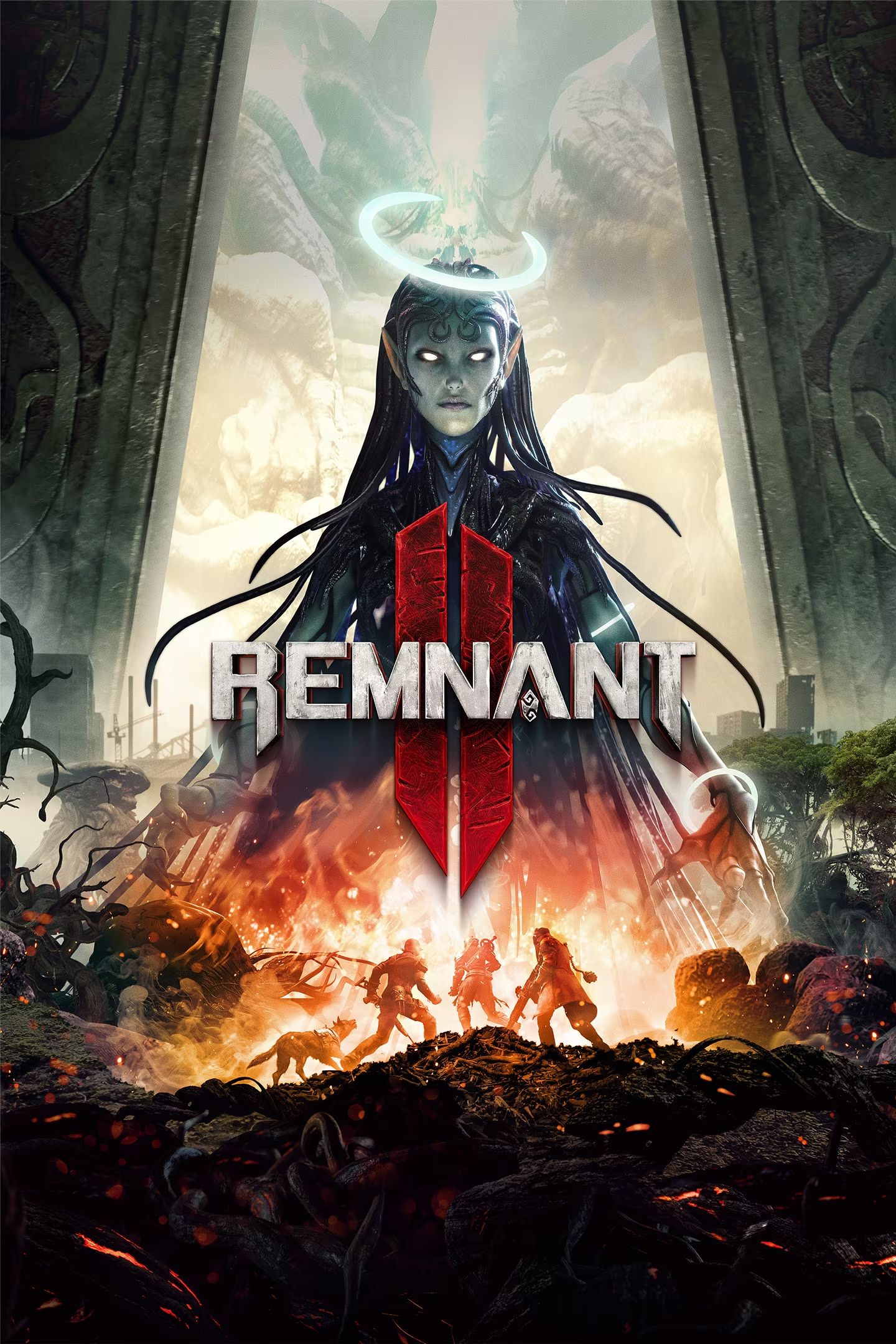
Remnant 2
The sequel to Remnant: From the Ashes, Gunfire's Remnant 2 is a Soulslike RPG that primarily plays like a third-person shooter. Focusing on co-op while still supporting single-player, the game features hard-as-nails bosses, an upgrade system, multiple classes with their own abilities, and dynamically generated dungeons that enhance replayability.

